Modi, Ishiba Put Tech Ties On A New Fast Track
This visit gave Prime Minister Modi a firsthand look at two key pillars of the growing economic partnership between Japan and India: high-speed rail and semiconductor technology. It also sends a clear signal to both China and the United States.
With a top speed of 320 kilometers per hour, the E5 Series Hayabusa Shinkansen covers the 350-kilometer journey from Tokyo to Sendai in just 90 minutes, making two stops along the way. The Hayabusa is Japan's fastest high-speed train, and next-generation E10 Shinkansen models are slated for delivery to India.
On August 20, India's Minister of Railways Ashwini Vaishnaw reaffirmed that the country's high-speed rail project“is designed for Japanese Shinkansen trains.” After being underbid by China on a major rail project in Indonesia a decade ago, Japan no doubt welcomed the confirmation.
India's first bullet trains will operate on a 508-kilometer route between Mumbai and Ahmedabad, connecting the country's financial hub with the largest city in Prime Minister Narendra Modi's home state of Gujarat. According to India's National High-Speed Rail Corporation , the next-generation E10 trains will complete the journey in just over two hours on a limited-stop service.
The Shinkansen trains are designed and operated by East Japan Railway Co. (JR East). With support from the Japan International Cooperation Agency, JR East is already working with its Indian counterpart to prepare for the launch of Shinkansen service in India, expected in 2030 following trial runs later this decade. Initially, the trains will be imported from Japan and later assembled in India. Construction of the viaduct is currently underway.
This will be the first overseas deployment of Shinkansen technology-but likely not the last. In an interview with The Yomiuri Shimbun, Modi said,“While the Mumbai-Ahmedabad High-Speed Rail project is on its way, we have unveiled a bigger ambition: to have a 7,000-kilometer-long network of high-speed rail in our country.”

Legal Disclaimer:
MENAFN provides the
information “as is” without warranty of any kind. We do not accept
any responsibility or liability for the accuracy, content, images,
videos, licenses, completeness, legality, or reliability of the information
contained in this article. If you have any complaints or copyright
issues related to this article, kindly contact the provider above.
Most popular stories
Market Research

- Microgrid Market Growth, Key Trends & Future Forecast 2033
- Nickel Market Estimated To Exceed USD 55.5 Billion By 2033
- Primexbt Launches Empowering Traders To Succeed Campaign, Leading A New Era Of Trading
- Chaingpt Pad Unveils Buzz System: Turning Social Hype Into Token Allocation
- Ecosync & Carboncore Launch Full Stages Refi Infrastructure Linking Carbon Credits With Web3
- Japan Halal Food Market Size To Surpass USD 323.6 Billion By 2033 With A CAGR Of 8.1%



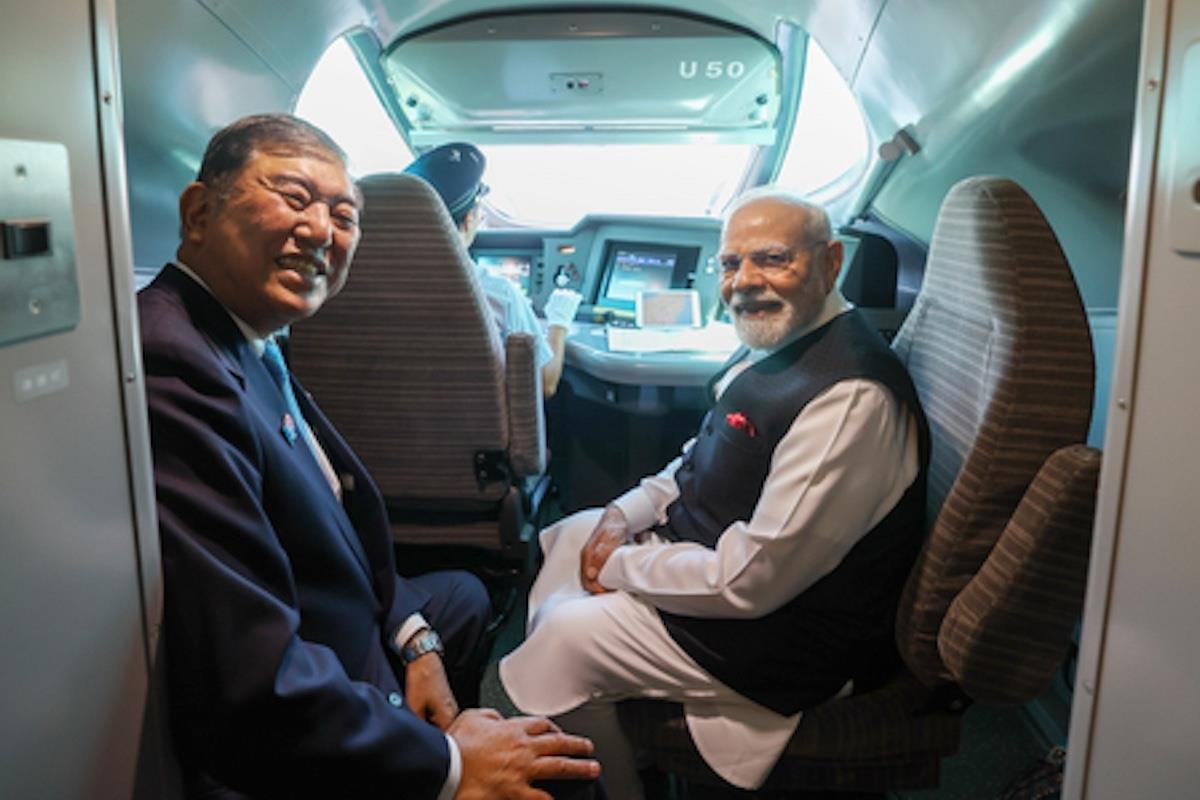
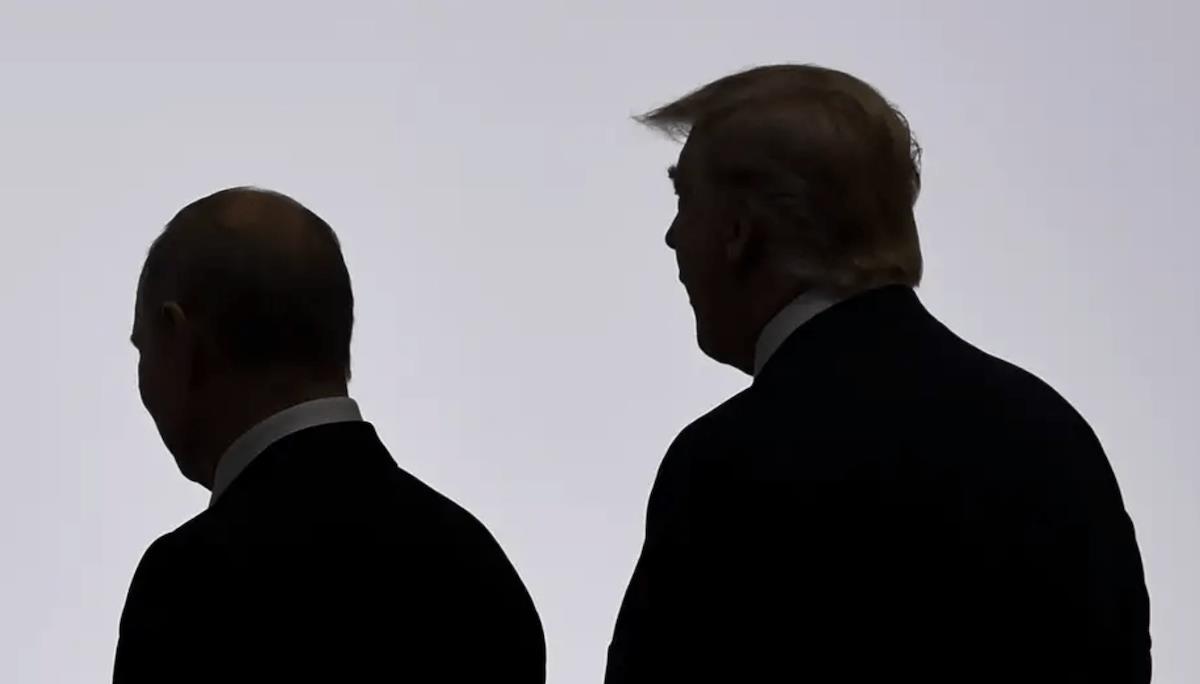
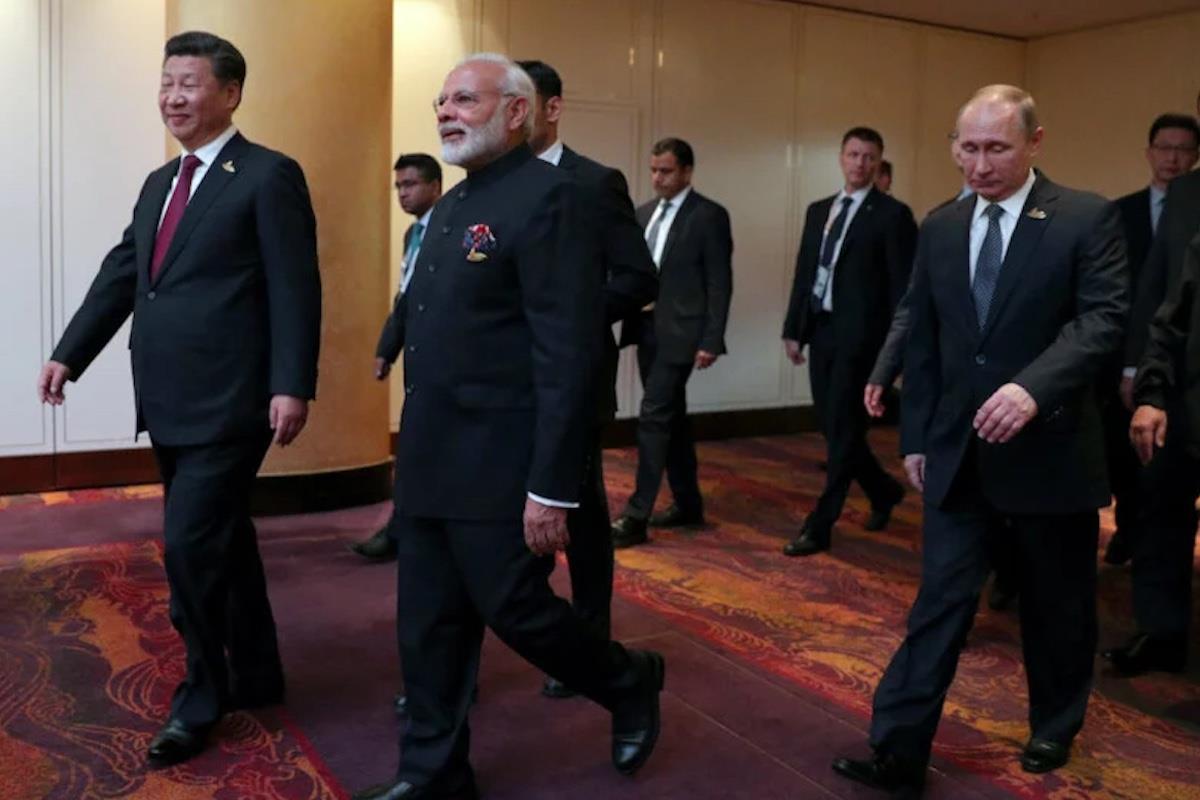
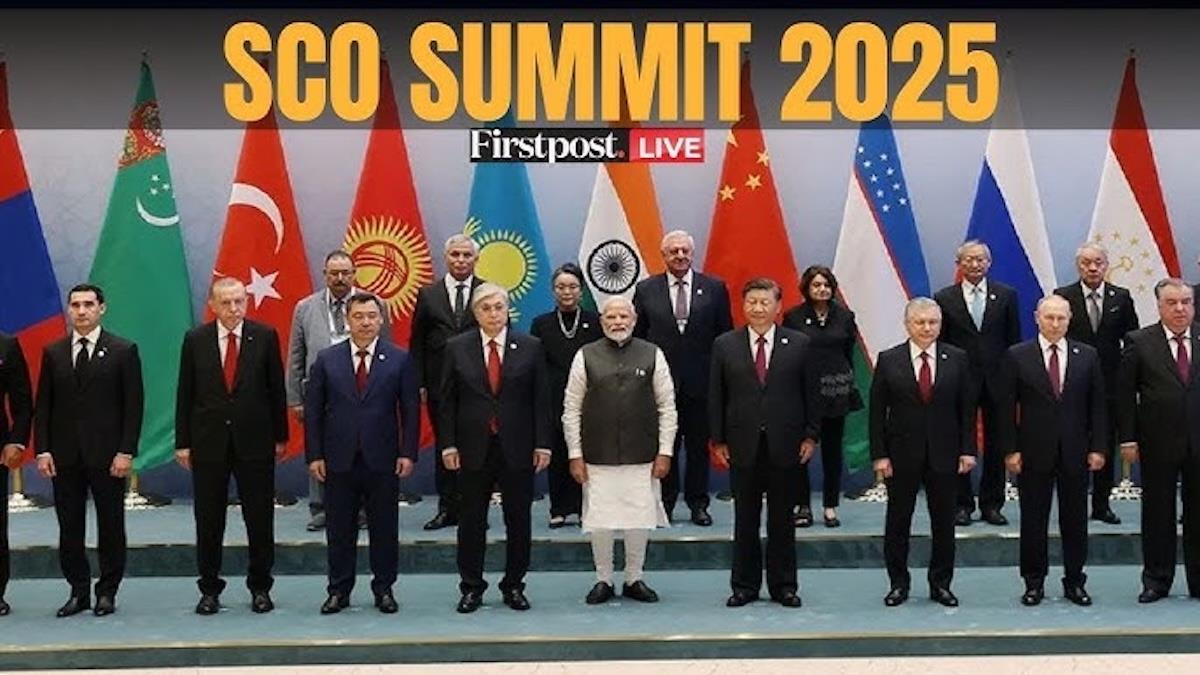
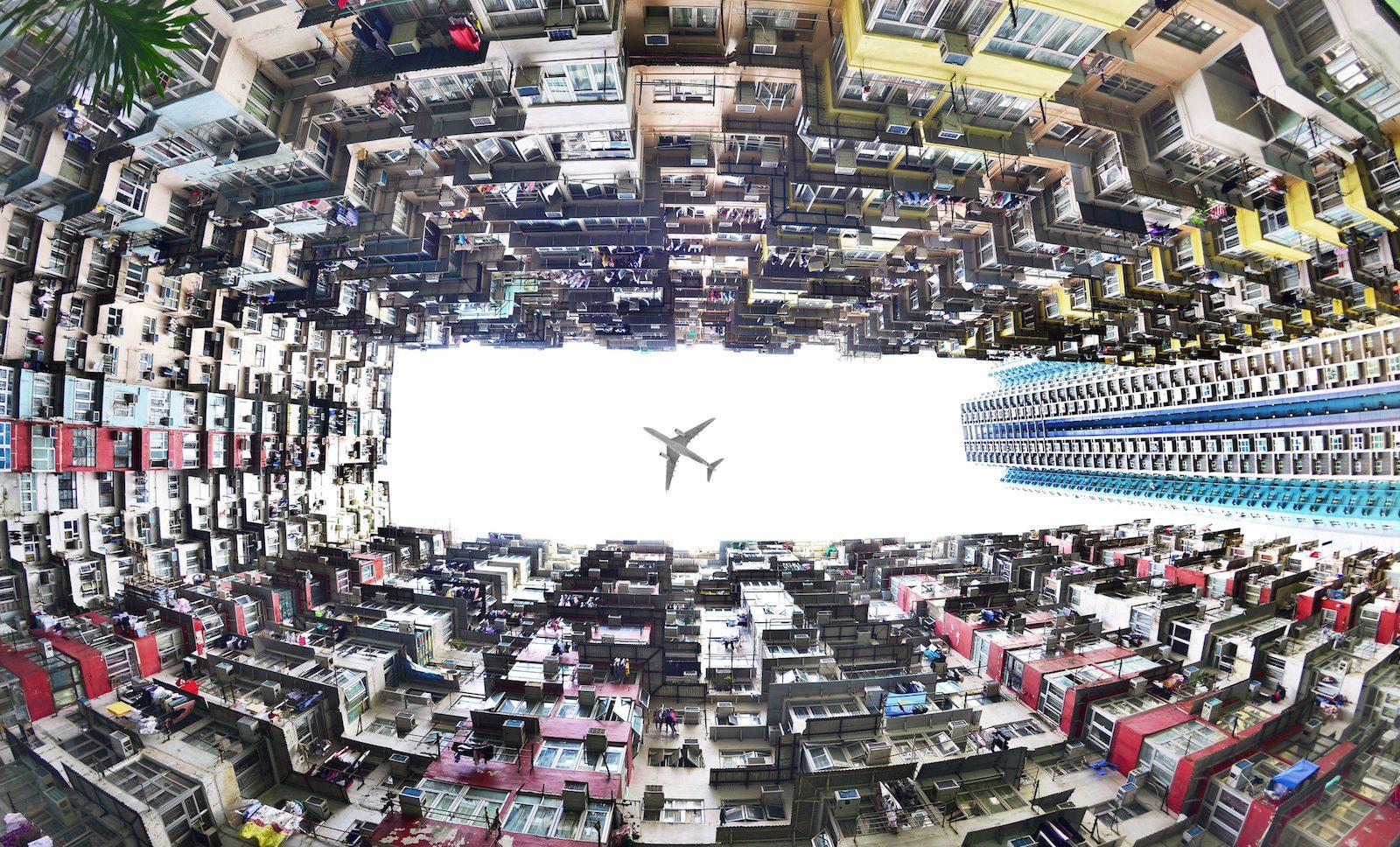


















Comments
No comment